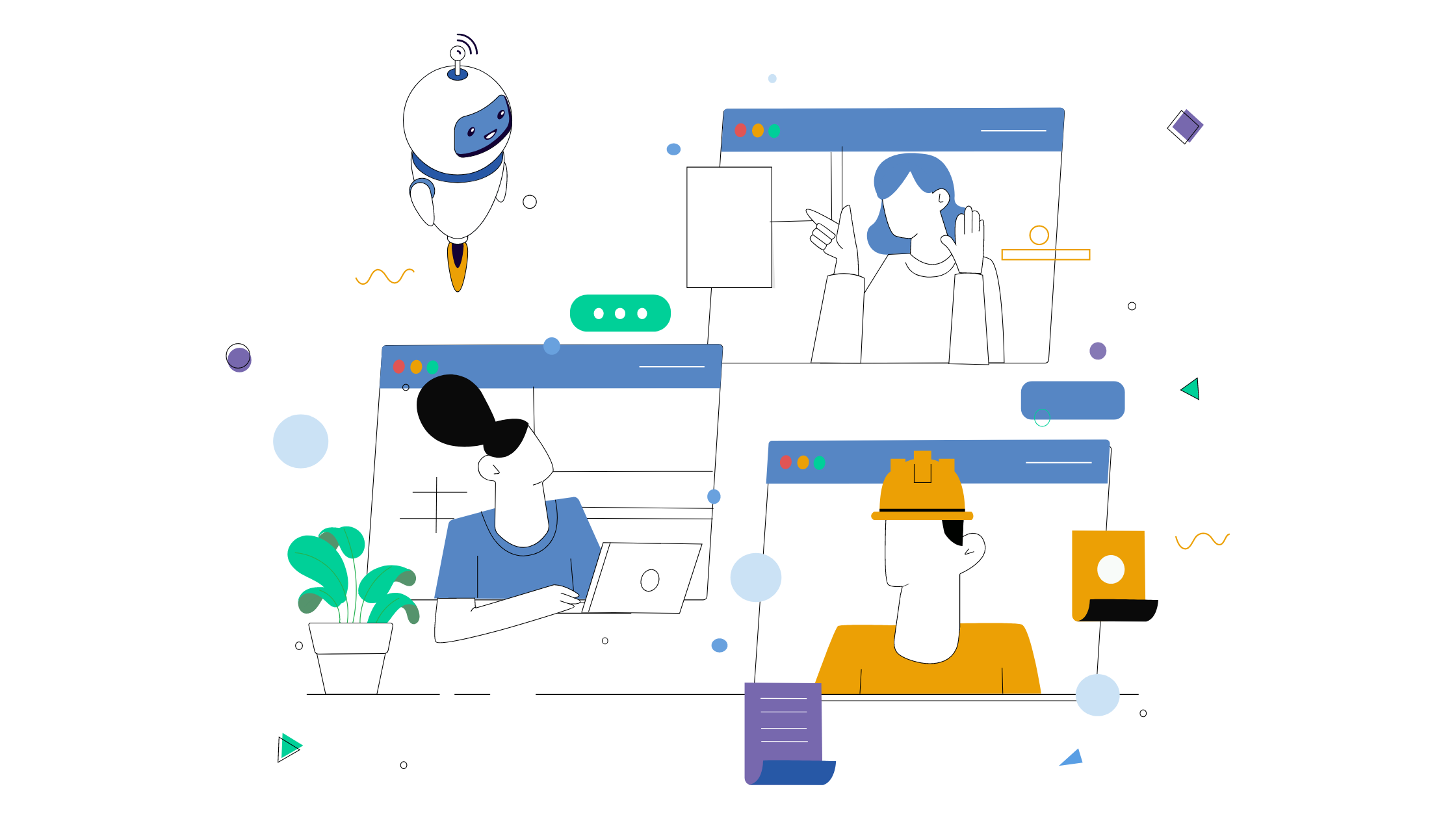Why The B2B Hybrid Sales Model Is Here To Stay
by Nikki Gonzales
Jul 30, 2021

COVID-19 has upended how many B2B buyers and sellers interact. As supply chain disruptions, labor shortages, and other effects are predicted to last for months if not years, there will be no return to business as usual.
The global pandemic has affected practically every part of our lives since 2020. So, it comes as no surprise that the pandemic has forced many B2B businesses to redefine their playbook when it comes to customer experience.
Although the move towards online B2B transactions was already taking place pre-COVID, virtual buying and selling is now the norm rather than the exception.
As face-to-face conversations and meetings are becoming a rarity, it is a priority to make buyers feel that they are experiencing the same if not an improved version of the customer service they got before.
To better understand how both customers and suppliers are reacting, McKinsey has conducted a series of surveys of B2B businesses that have revealed a permanent shift in their expectations.
The pandemic has cemented digital interactions as the predominant path for B2B sales
Even as in-person engagement has reemerged as an option, buyers have made clear they want a cross-channel mix. The survey shows them choosing in-person, remote, and digital self-serve interactions in equal measure.
Despite conventional wisdom saying that big-ticket sales require in-person contact, 20% of B2B buyers said they would be willing to spend more than $500,000 in a fully remote/digital sales model, and 11% would spend more than one million.
Since 2019, self-service has almost doubled in importance to clients. Millennials and younger workers are also working their way up in the ranks of B2B organizations. They are much more likely to expect the type of seamless digital experiences they have become used to from consumer companies such as Amazon and Netflix.
Mediocre websites and emails no longer make the cut. As the McKinsey survey highlights, suppliers who provide outstanding digital services are twice as likely to be chosen by buyers as primary suppliers than those who offer poor experiences.
Before, sales reps would visit customer sites in person to recommend the right solutions, following up with emails and phone calls.
Now, customers are increasingly doing their own research before contacting suppliers, and are expecting a seamless experience getting the information they need online and interacting with sales only when they are ready.
But unfortunately, in many cases, they are not finding what they are looking for online. In fact, 65% of buyers believe their suppliers do not have the means to support them virtually.
The traditional outside/inside sales rep model is being replaced with a "hybrid sales role"
A hybrid sales rep interacts with customers via chat, video, phone, apps, and occasional in-person visits and events.
In fact, 64% of B2Bs intend to increase the number of hybrid sellers over traditional sales roles in future hiring.
Two significant market changes are driving this transition:
- Only 15% of B2Bs expect in-person sales meetings to be the norm going forward.
- E-commerce is now firmly entrenched in the B2B purchasing world. 41% of leaders say it is their most effective sales route, beating out in-person (37%) and video (31%).
With labor shortages, cost increases, and a widening skills gap, employers also have to consider the employee experience and flexibility offered to their staff. To be competitive in a tight labor market sellers need to rethink the attractiveness of their job descriptions.
We believe that this is the time to rethink the sales playbook and stop doing "business as usual" - it is both a necessity to survive and a new opportunity for innovative companies to stand out and thrive.
